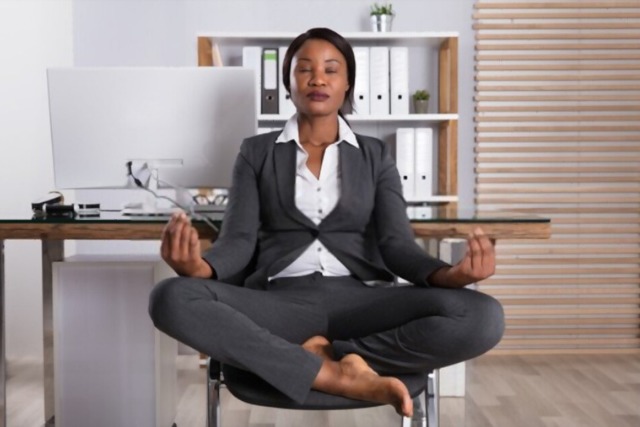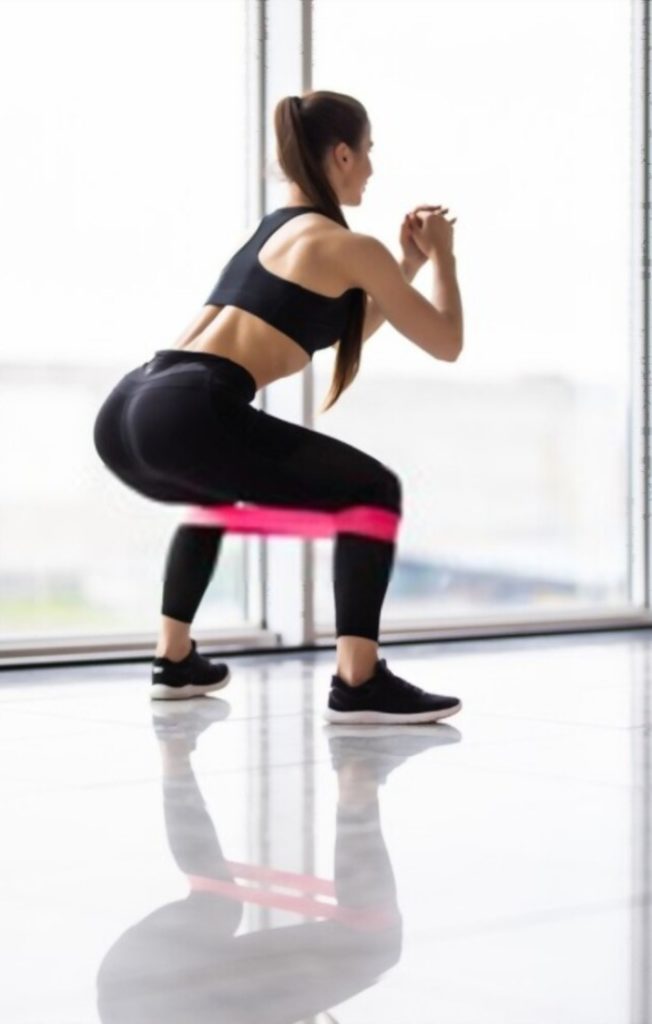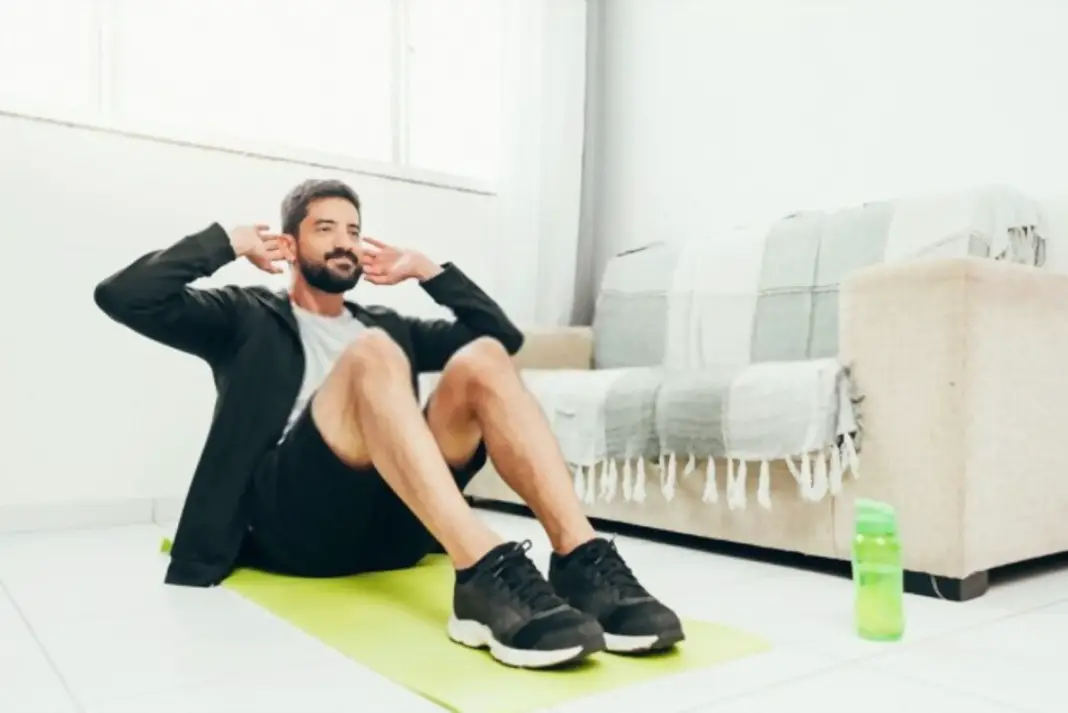Stress plays a far greater role on the human body than most people anticipate. It can disrupt your immune system, hormones, sleep, menstrual cycle, mood, and normal bodily functions at a cellular level. When it goes unaddressed, it can lead to chronic stress and long-term damage that can take years to reverse. Treating it early and learning ways to manage it can improve your health, relationships, and day-to-day life. Physical activity is one of many ways to deal with stress.
How Does Physical Activity Reduce Stress?
The autonomic nervous system is made up of two sides, the sympathetic and parasympathetic nervous systems. The SNS, sympathetic nervous system is the action side. This is what you activate when you are stressed. It’s the body’s built-in response to a threat, and when triggered activates a surge of symptoms in the body. The respiratory, cardiovascular, and musculoskeletal systems are all activated at the same time, more oxygen is needed, the body tends to overheat producing sweat, and the digestion system halts so that blood is not absorbing nutrients because it is needed to deliver oxygen. This is known as the fight or flight response and when it is activated at a chronic level it begins to impair health.
The PNS, parasympathetic nervous system is the rested side. This part of the nervous system controls your body’s response while in a state of rest. It aids digestion and absorption, slows your heart rate, breath rate, and blood pressure, and promotes recovery and better sleep. The PNS also improves your memory, sexual function, mental focus, and encourages calmness. This is the system you want to learn to tap into to decrease and manage stress in a healthy way.
Increasing your physical activity through exercise has been shown to improve mood, stabilize hormone levels, and decrease stress due to the positive effects of a behavioral change. When you learn to tap into your parasympathetic nervous system routinely, you can change how your body responds to stress and form a positive behavioral pattern, learning different coping mechanisms to shift from that chaotic fight or flight response to calm and rested.
Therefore, physical activity promotes a chain reaction. Your mental state changes to a more positive outlook, you are in a better mood, your quality of sleep improves, your body feels rested, energy is increased, and you have clearer thoughts which allow you to make better decisions. This, in turn, helps your confidence increase, your relationships improve, hormones become balanced, blood flow increases, and your overall health improves. That one aspect can help make everything else fall into place.
Parasympathetic Activities
Practicing stress reduction physical activity daily will help you improve your ability to tap into your parasympathetic nervous system and build that mind-to-body connection. Below is a list of activities you can practice doing. Take the ones you enjoy the most and establish a daily routine to allow you to make them a habit.

- Meditation & Breathwork – Go to a quiet room where you feel comfortable. Select a breathing technique video like this one: Anxiety Breathwork. Picture someplace where you feel safe and close your eyes. Listen to the instructions and be mindful of the present. Don’t think about what stresses you out or activities that you have to do or didn’t do. After the video ends, spend another 5-10 minutes here, focusing on slow, deep breaths, being still, and allowing your body and mind to relax.
- Gratitude Journaling & Brain Dump – Spend 5 minutes writing all the things you have in your head at the moment. It can be as vulgar, angry, happy, or sad as you want. This is your safe place to let out all the things bothering you so raw emotion is encouraged. Afterward, move your mind to all the good things in your life, things you are thankful for, happy about, and even things you like about yourself. Just as the mind-muscle connection can help you focus on targeting a specific muscle group, exercising your mind with the intention to support your body can promote positive beliefs, feelings, and actions. If you find this type of activity helpful, here are 5 Creative Outlets to Relieve Stress.
- Walking – Walking is a great way to relax and have some time alone with your thoughts. It doesn’t need to be a fast-paced, uphill walk. This needs to be uninterrupted, outdoors, no technology, no music, one on one time with yourself. You can do 10 minutes or you can do 40 minutes. That choice is yours. Remember this can be done any time of day and as often as you need. Take in the fresh air, the scenery, and think about your feelings and if you need to change your perspective on a situation that may be causing you stress.
- Yoga & Stretching – Yoga has endless benefits. It empowers you to make conscious decisions towards living a more mindful, fulfilling, and healthy life. Patience, commitment, repetition, and consistency, are the keys to developing and improving the practice of yoga. Set a schedule that you can adhere to and slowly increase your time for each session to progress and improve on balance and the mind-body relationship. Yoga helps heal common aches and pains, boosts your immune system, promotes a better night’s sleep and relaxation, reduces stress, increases happiness and overall wellbeing. It can even help prevent conditions like heart disease, diabetes, and autoimmune disorders.
- Aerobic & Anaerobic Exercise – Exercises such as resistance training and running can also improve stress. While studies show that the SNS is impacted during these forms of exercise, they also show an increase in PNS regulation afterward. While you are performing the exercise, all the things on the action side of your sympathetic nervous system are at work. Your body is taking in that needed oxygen, you’re sweating, and the respiratory, cardiovascular, and musculoskeletal systems are all kicked into action. However, after the activity stops, the study shows an increase in parasympathetic activity, meaning your body is able to do all the things on the rested side at an enhanced level. The sleep, calmness, less stressed state is heightened. Keep in mind, the study also shows that just 4 weeks of being sedentary drastically reverses all of these effects, so it’s important to be consistent with these activities to reap the benefits.
Implementing a new routine is never easy and in the midst of trying to decrease stress, it’s important to ease into the change. Don’t overschedule yourself or try to start too many things at once. Select one or two things you can commit to on a daily basis and start with a shorter amount of time. You can always feel good about progressing and adding more time to complete one of these activities but starting with too much too soon will only set you back and leave you feeling guilty and more stressed. Take the time to experiment and see what works with your lifestyle and remember that each of these activities takes patience and repetition to improve upon.



It’s important to take care of our body, mind, and spirit for Holistic wellness; for that, physical activity will help you deal with stress. Thank you for sharing this useful information.
You are welcome!